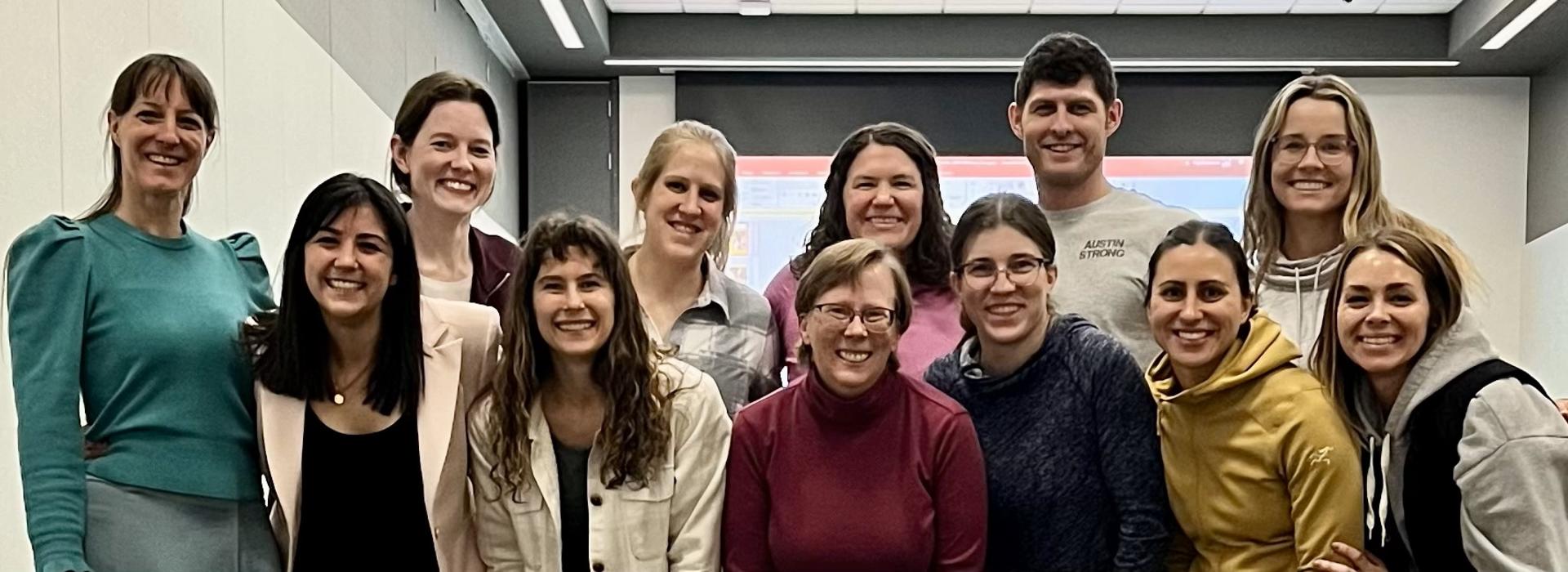
Cognitive Multisensory Rehabilitation
Basic Course (6-Day Course)
Clinicians often experience good success at addressing motor deficits in adults with neurological disorders. However, clinicians often report difficulties with progressing patients with sensory deficits such as impaired awareness of where their body is in space or understanding how individual body parts relate to each other. Current treatment methods often do not address these issues. Further improvement in function may be hindered by the miscommunication between the feedback and feedforward loops in the sensorimotor circle in the brain.
Cognitive Multisensory Rehabilitation (CMR), developed by Professor Perfetti in Italy, is an evidence-based treatment approach to restore body awareness and awareness of the body in space in order to reduce (neuropathic or other) pain and improve sensorimotor function in adults with neurological disorders or chronic pain.
Several clinical trials have identified brain function changes as well as sustained (1-year) improvements in sensorimotor function and pain reduction in adults with stroke and spinal cord injury (SCI) with and without neuropathic pain (Van de Winckel et al, 2020, 2023). Explanations of the mechanism of CMR are given in the publications of Dr. Van de Winckel et al. (see publication list below).
The CMR approach is also useful to reduce pain in adults with shoulder impingement, phantom limb pain after amputation, cortical blindness, Parkinson’s Disease, Multiple Sclerosis, and other diagnoses. A reference list of published studies is provided at the end of this document. CMR is taught as a 3-year specialization course to licensed physical and occupational therapists in Italy (in Italian). Dr. Van de Winckel is bringing this curriculum in English to the United States in modules. Currently, we are offering a 6-day basic CMR course in the United States. The goal is to bring the whole curriculum so that therapists in the United States can also become certified over time.
The 6-day BASIC course is designed for PTs, OTs, MDs, DOs, DCs who want to learn in-depth basics of CMR and to learn the CMR reasoning approach for implementation in the clinic.
Course Objectives:
1. Define basic principles and origins of CMR based therapy.
2. Evaluate a patient’s behavior/ body awareness according to CMR principles (i.e., identify possible deficits in relation to body awareness and awareness of the body in space).
3. Create a patient-specific Profile based on results of initial CMR evaluation and hypothesis (i.e., impairment in proprioception, tactile discrimination, size of the affected body part, etc.).
4. Identify and apply CMR-based exercises, clinic tools, and strategies for the upper limb, lower limb, trunk, etc.
5. Apply CMR principles to a patient with neuropathic pain and/or other pain-based diagnoses.
Integrating the course content into practice will be facilitated through lectures, videos, live
demonstrations (peers and/or patients), and small group lab practice.
Main Topics related to classes focused on CMR for adults with stroke and SCI:
- Background: Main concepts and Research about CMR
- In-depth evidence-based information and results on the clinical application of CMR:
Stroke and SCI
- Upper Limb rehabilitation from CMR point of view
- Lower Limb rehabilitation from CMR point of view
- Trunk/ Base of Support rehabilitation from CMR point of view
- Neuropathic pain from CMR point of view
- CMR Reasoning on various clinical cases
New classes are organized as soon as 20 participants are interested. They can be organized throughout the United States.
Important information:
CMR is also translated in other publications as cognitive therapeutic exercises, Cognitive Sensory Motor Training, neurocognitive therapeutic exercise, cognitive exercise therapy, Perfetti method, or (neuro)cognitive approach.
The original Italian term is “Riabilitazione Neurocognitiva”. The center in Italy is: https://riabilitazioneneurocognitiva.it/
List of publications of Cognitive Multisensory Rehabilitation (CMR) research
CMR Class Rules
Testimonials
For More Information
Please contact Dr. Ann Van de Winckel (avandewi@umn.edu) to be put on the contact list and be informed of future class offerings.